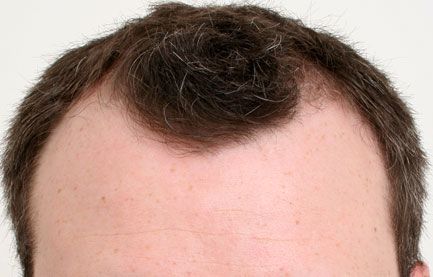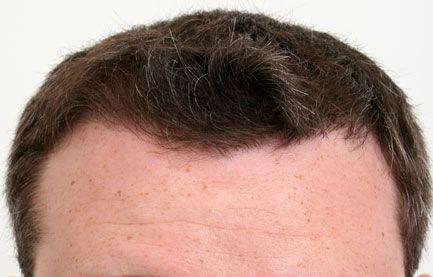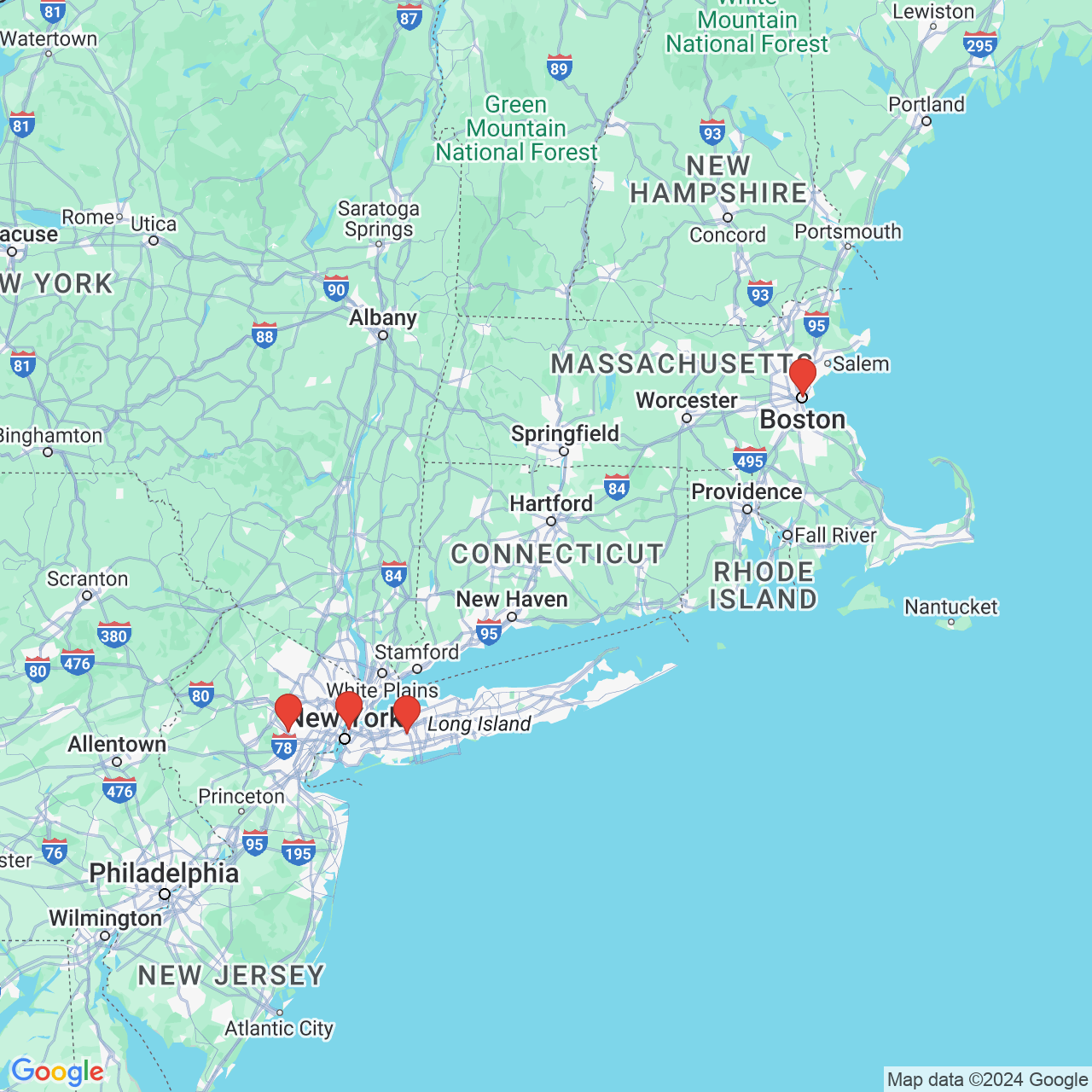Understanding Your Hair Loss Treatment Options
 Individuals who experience hair loss such as androgenetic alopecia have several alternatives to manage this condition. Our practice uses grafts (follicular unit extraction and transplantation) in combination with medical treatments. Our methods are safe, produce maximum aesthetic results, and are of reasonable cost. Another option is to do nothing and accept the baldness. The major advantage to this approach is avoiding the time commitment, inconvenience, and expense of pursuing all other treatment alternatives. However, if you don't want to accept the baldness, you can choose from a wide range of hair loss treatment options at our facilities in Manhattan, NYC, and communities throughout greater NYC.
Individuals who experience hair loss such as androgenetic alopecia have several alternatives to manage this condition. Our practice uses grafts (follicular unit extraction and transplantation) in combination with medical treatments. Our methods are safe, produce maximum aesthetic results, and are of reasonable cost. Another option is to do nothing and accept the baldness. The major advantage to this approach is avoiding the time commitment, inconvenience, and expense of pursuing all other treatment alternatives. However, if you don't want to accept the baldness, you can choose from a wide range of hair loss treatment options at our facilities in Manhattan, NYC, and communities throughout greater NYC.
Video: What Are the Alternatives?
Dr. Dorin answers the question: "Are there alternatives to hair transplantation?"
Hair Loss Treatment Options
We offer a number of hair restoration options, including FUE, FUT, beard transplant, eyebrow restoration, hairline design, stem cell therapy, and bio enhanced hair transplant. Patients might also be considering scalp micropigmentation, special types of shampoo for hair loss, or the Capillus Laser Cap. Below are some of the advantages and disadvantages of different treatments:
ALTERNATIVE |
DESCRIPTION |
ADVANTAGES |
DISADVANTAGES |
Hairpiece, such as wigs and toupees |
|
|
|
Minoxidil (Rogaine) |
|
|
|
Finasteride (Propecia,Finpecia) |
|
|
|
Low-level laser therapy |
|
|
|
Laser grafting |
|
|
|
Micropigmentation |
|
|
|
FUT (True & Dorin Strip Procedure) |
|
|
|
FUE (True & Dorin Extraction Procedure) |
|
|
|
ARTAS |
|
|
|
NeoGraft |
|
|
|
Punch Grafts |
|
|
|
Scalp Extension |
|
|
|
Scalp Expansion |
|
|
|
Scalp Lift |
|
|
|
Transposition Flaps |
|
|
|
Video: Types of Hair Transplants
There are two main types of hair transplants: follicular unit transplantation (FUT) and follicular unit extraction (FUE). For many patients at True & Dorin, a combination of these methods will be recommended.
Learn More about Hair Loss Treatment
To learn more about hair loss treatment, please contact True & Dorin at any of our Manhattan and greater NYC locations. Dr. True and Dr. Dorin can meet with you to discuss your ideal solution to thinning hair.




